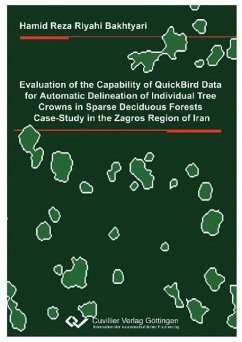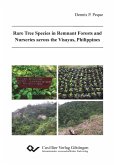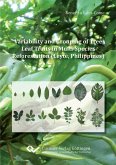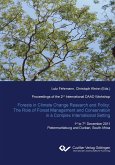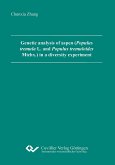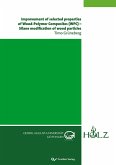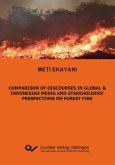This work represents first attempts at delineating individual tree crowns in Zagros area using QuickBird data. The Zagros forest zone is the second important forest region of Iran with high ecological and socio-economic values and provides services to a significant parts of Iran¿s human population. These forests are experiencing rapid degradation due to environmental and human impact at local scale. To efficiently manage these forests for conservation and other ecological purposes forest managers demand to have detailed information on forest composition and structure. Because of the wide extent as well as spatial structure of these forests, extracting the required information by means of traditional field based methods is time-consuming and costly, whilst application of low-medium resolution satellite imagery will not yield accurate and reliable results. It is, therefore, critically important to investigate the new advanced spaceborne remote sensing technologies that permit to extract detail information. Very high spatial resolution satellite imagery can supply forest management planning with individual tree based information, which was unfeasible to accomplish with the same efficiency and precision with moderate-resolution satellite imagery. Application to the Zagros forests face to the unique technical challenges including high variability in crown shape and size, strong effects of the background reflectance, and varying age and health condition. The capabilities of QuickBird imagery examined with the data acquired over the Oak forest site on the South West of Iran. Different image fusion techniques were applied to exploit optimal spatial and spectral information of this imagery. The core technical objective was selecting a fusion method with high fidelity of spectral and spatial information. Quality assessment of fused images showed that the PCA method performs better than the others in this study.

